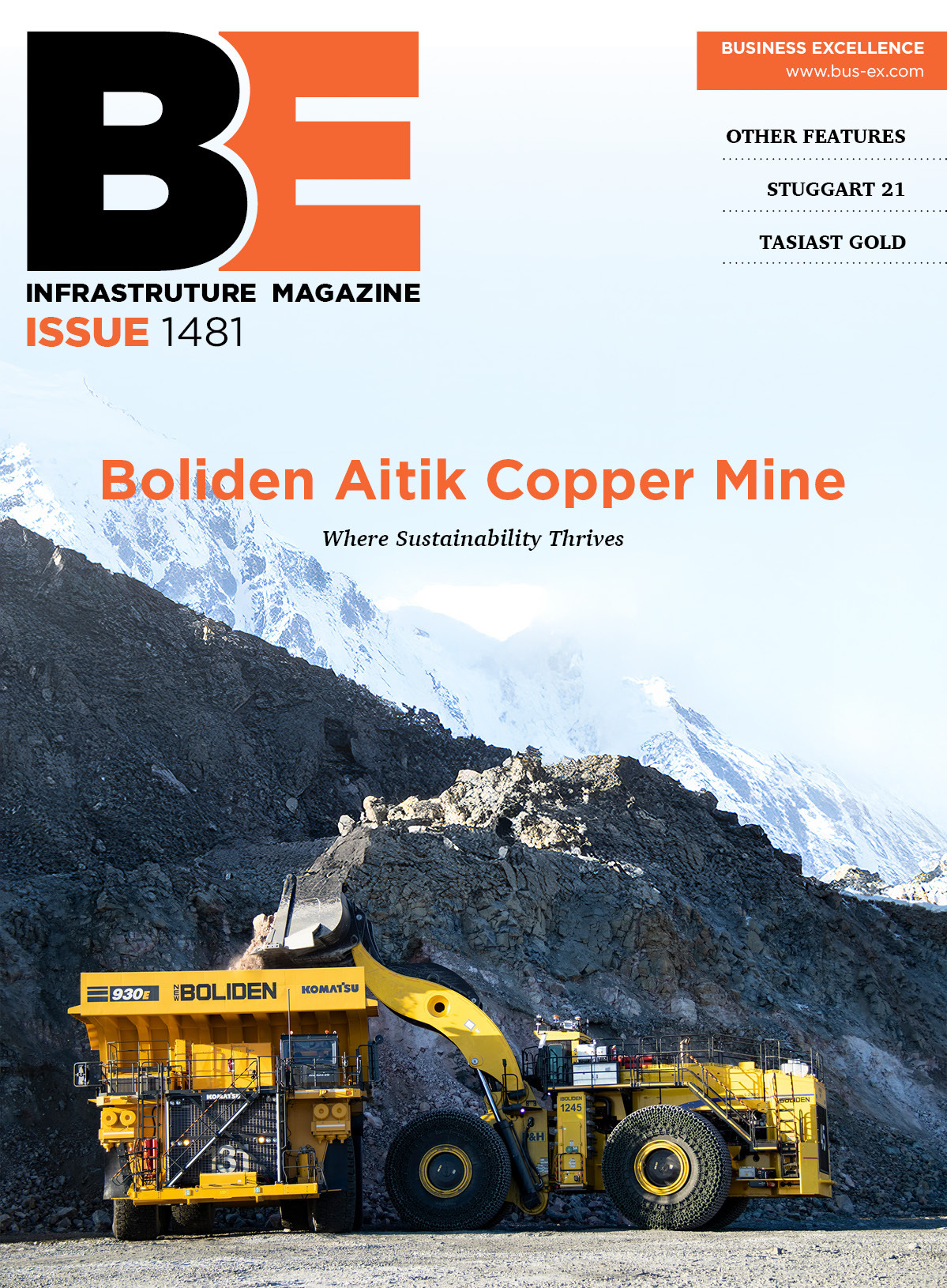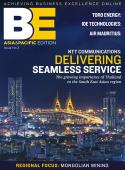The attraction of outsourcing
Minopex works in the mining industry but as Alan Swaby learns, it prefers to see itself as part of the service industry.
In the mining industry across the world, itÔÇÖs not unusual for a firm to outsource some aspects of its operations. Often, extraction and waste disposal are passed on to others but the processing of the mineral itself tends to remain in the mine ownerÔÇÖs hands.┬á However, South Africa-based Minopex is carving out a niche for itself by taking over responsibility for the operation and maintenance of that middle section of the delivery chain.
ÔÇ£We owe our start in this line of work to sister company DRA Mineral Projects,ÔÇØ explains MinopexÔÇÖs managing director Paul Thomson. ÔÇ£Back in 1996, a client in the coal mining business asked DRA if it could recommend a company to take over running the plant. Rather than forsake an additional revenue stream, the shareholders decided to form a new company to operate this one particular plant.ÔÇØ
Thirteen years later and from a single employee, Minopex has grown to a workforce of 1,400. It currently takes care of 15 plants processing platinum, gold, coal and diamondÔÇöamong othersÔÇöfor the likes of blue chip firms such as Impala Platinum, Xstrata and others. This year, revenue will be ┬ú100 million, up 20 per cent on the previous year.
DRA is well known throughout Southern Africa for its expertise in designing and building mineral processing plants and taking run-of-mine ore to a saleable product in the platinum, coal, diamond, gold, base metals and chromium sectors, among others. In those cases where clients are looking to outsource the operations side of the work, the synergy between DRAÔÇÖs project and MinopexÔÇÖs operational teams provides not only a seamless handover of responsibility but usually a compressed timescale as well.
ÔÇ£The principles governing outsourcing are often very attractive to junior mining companies who are already using third party service providers because they donÔÇÖt always have the capital to smelt and refine what they mine,ÔÇØ says Thomson. ÔÇ£Handing over the total operations and maintenance is no big step in those cases, and certainly frees up the client to focus on what they do best.ÔÇØ
Although Minopex doesnÔÇÖt build the plant itself, it does specify and supply the day to day operational equipment neededÔÇöcomputers and control devices, vehicles and material handling plant and tools. Once operational, it religiously follows maintenance schedules recommended by suppliers and each month agrees a production schedule with the client that allocates sufficient gaps in order to keep the plant in tip-top condition.
ÔÇ£We aim to operate the plant with less people than the client would otherwise have, so everything needs to be tightly planned and controlled,ÔÇØ says Thomson. ÔÇ£At the same time, we want all our staff to be multi-skilled so that essential work is never delayed because weÔÇÖre waiting for the right person to arrive.ÔÇØ
Where the viability of a mine is marginal, there might exist the temptation to cut corners; but Thomson makes the point that all the work handled by Minopex is governed by ISO standards 9000, 14000 and 18000, covering quality, environment and health and safety.
ÔÇ£Historically,ÔÇØ says Thomson, ÔÇ£the mining industry in South Africa was run quite casually but the Government is starting to take a much tougher line and is prepared to prosecute should accidents occur due to corporate negligence. Not only do we need to ensure our staff have the training, equipment and resources to do their work properly, we need to be able to demonstrate that we have done all thatÔÇÖs possible to ensure their safety.ÔÇØ
This is particularly important to Minopex, as its business system views each plant as a separate business unit. Managers work closely with their clients on a daily basis and need to be selected carefully in order to ensure personality compatibility. But providing they meet their budgets and the clients are happy, managers have a considerable amount of autonomy within the confines of the contract itself.
In fact, a major part of the training process is to get everyone locked in to the idea of providing good service. Consequently, Minopex puts a great deal of effort into recruiting and training the right people. Clients get attached to individuals on site and any change of personnel can be a source of irritation.
Minopex has a reputation for good pay and conditions but during the mining boom of a few years ago, even it couldnÔÇÖt, or didnÔÇÖt, want to recruit solely through the pay packet. Instead, it maintained staff loyalty through training and personal advancement, giving staff at even the lowest of operator levels the chance of gaining skills and moving into the ranks of artisans. There are also handsome annual bonuses to be had, to which Minopex allocates a third of its net annual profit.
ÔÇ£We usually know a year in advance,ÔÇØ Thomson explains, ÔÇ£that we have a new contract starting. This gives us the chance to train up new personnel in our ways and methods by slotting them into an existing contract. When the new plant goes on stream, we have the flexibility to put on new recruits that have been trained up, or old hands, depending on the progress individuals have made. All our people are treated this way, whether they are graduate engineers or process operators.ÔÇØ
Operation and maintenance contracts are typically for four or five years and although occasionally a change of mine ownership might mean a change of operating policy, experience to date suggests that contracts approaching the end of their term tend to be rolled over and continued for another period. With so many contracts on its books, Minopex has gained considerable purchasing power which it uses to its clientsÔÇÖ advantage, regularly passing rebates back to the mine owner.┬á
ÔÇ£We understand that our success is closely linked with that of the client,ÔÇØ says Thomson, ÔÇ£and therefore everyone on the payroll does what they can to make the clientÔÇÖs plant run as efficiently and cost effectively as possible, so that weÔÇÖre on site long termÔÇönot short term.ÔÇØ┬á┬á









